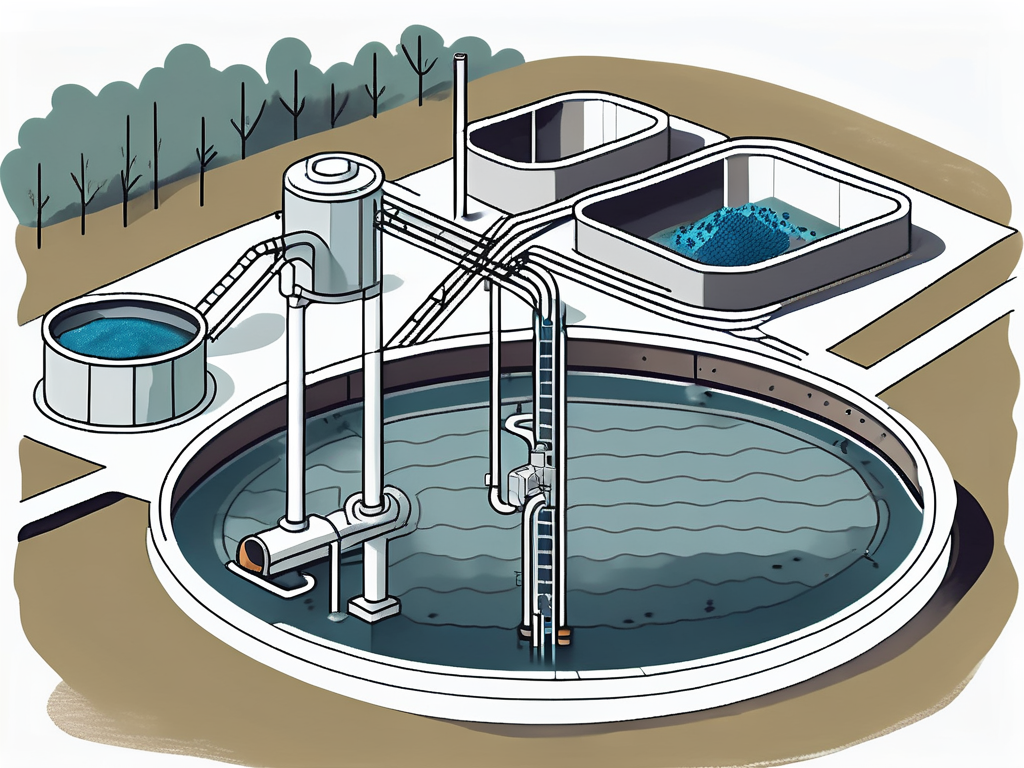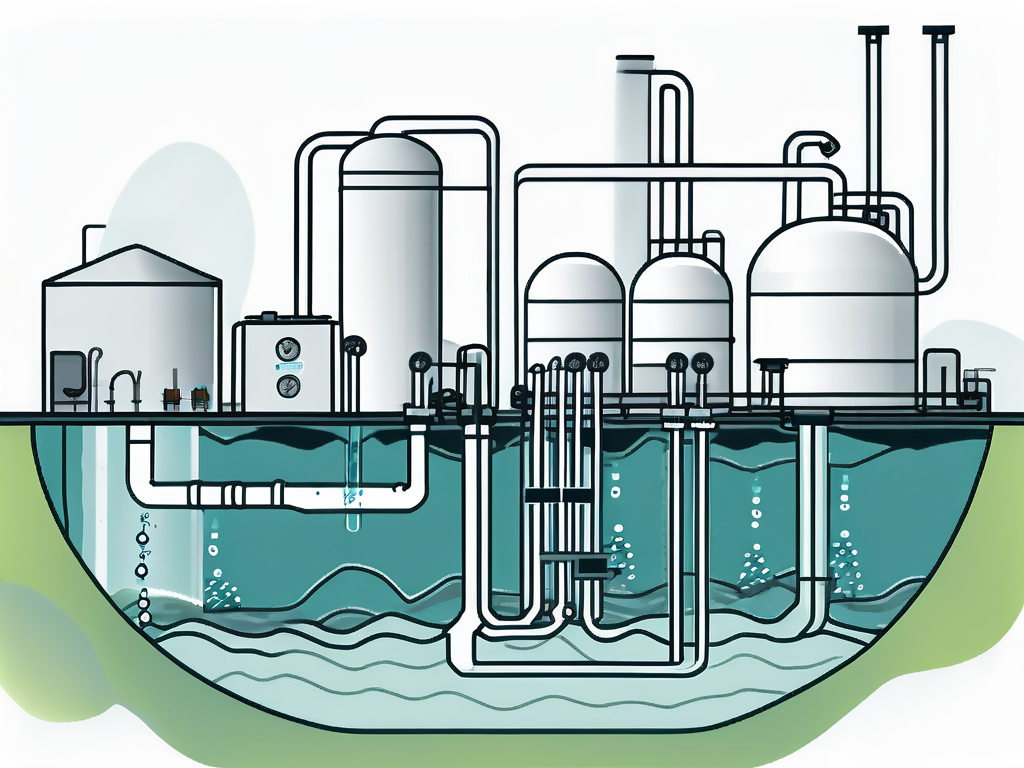
Water Footprint: Wastewater Treatment Explained
The concept of a water footprint is an integral part of understanding the impact of human activities on water resources. It refers to the total volume of freshwater used directly and indirectly to produce goods and services. This article will delve into the role of wastewater treatment in the context of water footprint, explaining the process, the technologies involved, and the environmental implications.
Wastewater treatment is a critical aspect of managing water resources. It involves the removal of contaminants from wastewater, primarily from household sewage and industrial waste. The treated water can then be safely discharged back into the environment or reused in various applications, thereby reducing the overall water footprint.
Understanding Wastewater
Wastewater is any water that has been adversely affected in quality by anthropogenic influence. It can originate from a combination of domestic, industrial, commercial, and agricultural activities, stormwater runoff, and from sewer inflow or infiltration.

The composition of wastewater varies widely depending on the source. It typically contains a mix of physical, chemical, and biological contaminants that need to be removed or reduced to safe levels before the water can be returned to the environment or reused.
Types of Wastewater
There are three main types of wastewater: blackwater, greywater, and industrial wastewater. Blackwater is water that has been contaminated with human waste from toilets. Greywater is wastewater from showers, baths, sinks, washing machines, and dishwashers. Industrial wastewater is water that's been used in industrial processes, such as manufacturing or cooling.
Each type of wastewater has different characteristics and requires different treatment processes. For instance, blackwater contains high levels of pathogens and nutrients, while industrial wastewater may contain hazardous chemicals.
Wastewater Treatment Process
The wastewater treatment process involves several stages, each designed to remove or reduce certain types of contaminants. The goal is to produce effluent (treated wastewater) and sludge (solid waste) that can be safely discharged or disposed of.
The specific processes used can vary depending on the nature of the wastewater and the standards that the treated water must meet. However, most wastewater treatment systems involve a combination of physical, chemical, and biological processes.
Primary Treatment
The first stage of wastewater treatment is known as primary treatment. This involves the removal of large solids and grit from the wastewater through screening and sedimentation. The resulting sludge is then typically dewatered and disposed of or further treated and reused.
Primary treatment is a physical process and does not remove dissolved or microscopic pollutants. Therefore, it is usually followed by secondary treatment to further clean the wastewater.
Secondary Treatment
Secondary treatment is a biological process that removes dissolved organic matter from wastewater. This is typically achieved through aeration, which encourages the growth of bacteria and other microorganisms that consume the organic pollutants.
After secondary treatment, the wastewater is usually clear and free of harmful levels of organic matter. However, it may still contain nutrients such as nitrogen and phosphorus, which can be harmful to aquatic environments. Therefore, many wastewater treatment plants also include a tertiary treatment stage.
Tertiary Treatment
Tertiary treatment, also known as advanced treatment, involves further cleaning of the wastewater to remove nutrients and other remaining contaminants. This can involve a range of physical, chemical, and biological processes, depending on the specific requirements of the treated water.
Common tertiary treatment processes include filtration, disinfection, and nutrient removal. The resulting effluent is typically of a high enough quality to be safely discharged into sensitive environments or reused in applications such as irrigation or industrial processes.
Wastewater Treatment Technologies
There are many different technologies used in wastewater treatment, ranging from simple septic tanks to complex treatment plants. The choice of technology depends on a variety of factors, including the nature of the wastewater, the desired quality of the treated water, and the available resources.

Some of the most common wastewater treatment technologies include activated sludge processes, trickling filters, rotating biological contactors, and membrane bioreactors. Each of these technologies has its own advantages and disadvantages, and the choice often involves a trade-off between cost, efficiency, and environmental impact.
Environmental Implications of Wastewater Treatment
Wastewater treatment has significant environmental implications. On one hand, it reduces the pollution load on water bodies, protects public health, and enables the reuse of water, thereby reducing the overall water footprint. On the other hand, it can also have negative impacts, such as the generation of greenhouse gases and the disposal of sludge.
Therefore, it's important to manage wastewater treatment systems in a sustainable way, balancing the need for clean water with the need to minimize environmental impacts. This includes optimizing treatment processes, recovering resources from wastewater, and exploring new technologies and approaches.
Conclusion
Understanding the concept of a water footprint and the role of wastewater treatment in reducing this footprint is crucial in today's world. Wastewater treatment is a complex process that involves a variety of technologies and has significant environmental implications.
By treating and reusing wastewater, we can reduce our water footprint and contribute to the sustainable management of water resources. However, it's also important to continue researching and implementing new and more efficient ways of treating wastewater to further reduce our impact on the environment.



